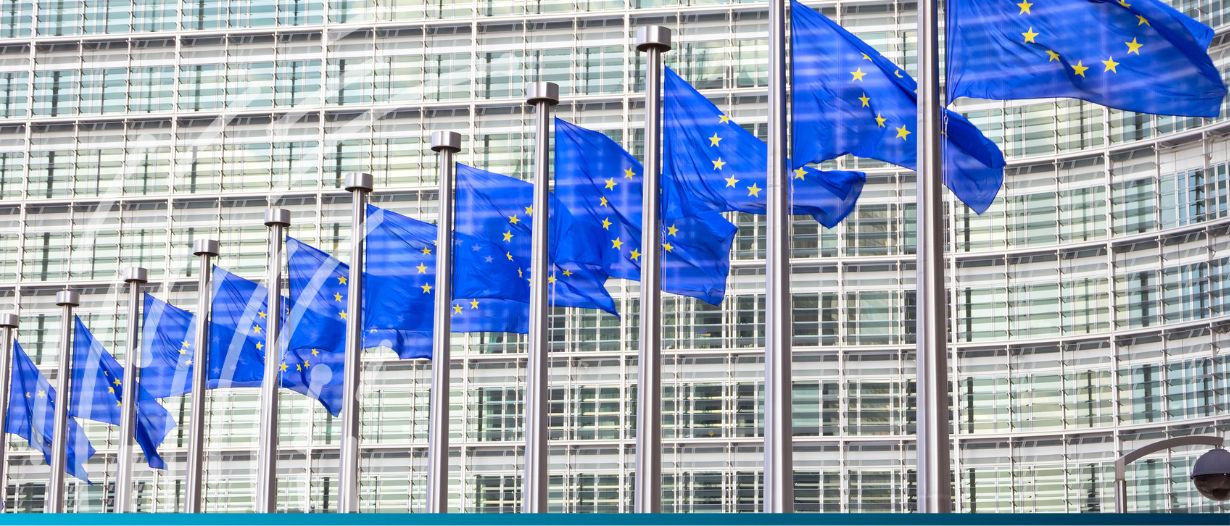Estimated reading time: 1 minute
In Q2 2023, the EU’s trade balance returned to a surplus position for the first time in six quarters, thanks largely to falling energy prices.
The latest trade figures reveal that in Q2 2023, exports dipped by 2.0%, while imports decreased by 3.5%, resulting in a modest trade surplus of €1 billion. This marks a significant turnaround from the €155 billion deficit recorded in Q3 2022, the worst deficit since 2019.
The contraction in imports from outside the EU during Q2 2023 was driven by a 15.6% reduction in energy and a 10.9% cutback in raw materials, compared to Q1 2023. On the export side, all sectors experienced a downturn except for machinery & vehicles, which saw a 2.5% increase. The steepest declines in exports were in the energy sector, down 22.5%, and raw materials, down 9.3%.
In the same quarter, the EU recorded a trade surplus of €15.6 billion in the food, drinks and tobacco sector, along with €48.5 billion in chemicals.
Trade surplus for machinery and vehicles continued its upward trend for the third quarter in a row, hitting €52.4 billion, although this still falls short of the peak value of €60.7 billion in Q1 2019.
As for the energy sector, the trade deficit improved, moving from €-115.3 billion in the first quarter to €-100.0 billion in the subsequent quarter.























